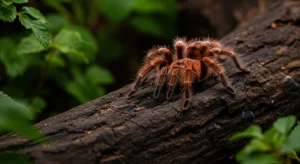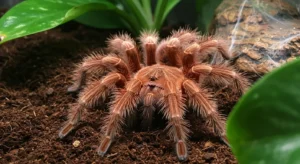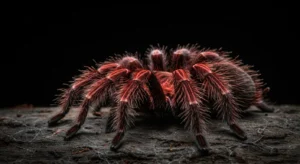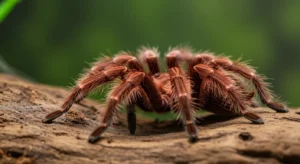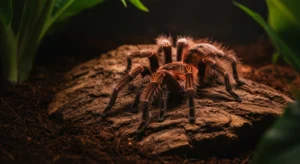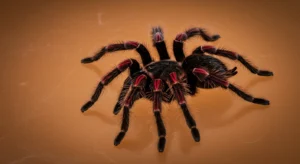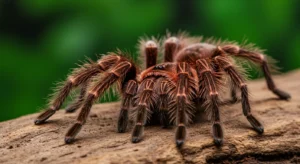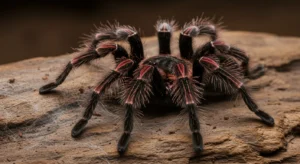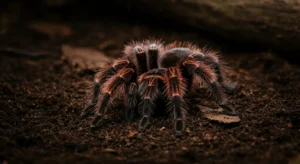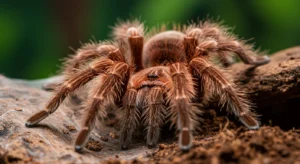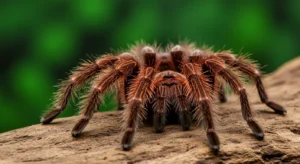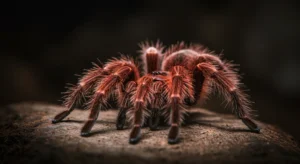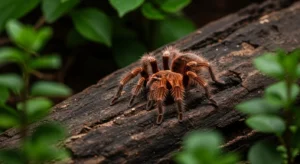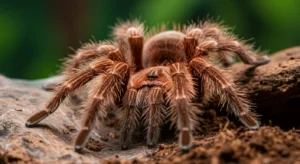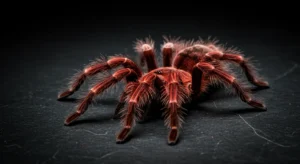Chilean Rose Tarantulas in the Wild vs. Captivity: What’s the Difference?
Origin and Habitat
The Chilean Rose Tarantula (*Grammostola rosea*) hails from the arid and semi-arid scrublands and deserts of Chile, Argentina, and Bolivia. Understanding their natural environment provides crucial insights into their needs in captivity and highlights the significant differences between their wild existence and life as a pet.
Life in the Wild
In their native habitat, Chilean Rose Tarantulas face a vastly different reality than their captive counterparts:
- Environment: They experience fluctuating temperatures (hot days, cooler nights), variable humidity (often dry with seasonal rains), and exposure to natural elements.
- Shelter: They typically utilize existing burrows (often abandoned by rodents), crevices under rocks, or may dig their own shallow burrows for protection from predators and extreme temperatures. Exploring the [Chilean rose tarantula natural habitat conditions](https://www.lopehare.com/tarantula-pet-care/) reveals their adaptations.
- Predators: Wild *G. rosea* face numerous predators, including birds (like kuşadası), lizards, mammals (like coatis and foxes), parasitic wasps (e.g., Pepsis wasps, also known as tarantula hawks), and even other tarantulas.
- Food Availability: Food is not guaranteed. They are opportunistic hunters, preying on insects, other arthropods, and occasionally small vertebrates that cross their path. They may go long periods without eating.
- Reproduction: Finding a mate involves significant risk for the male, who must travel to locate females and face potential cannibalism. Environmental cues trigger breeding seasons.
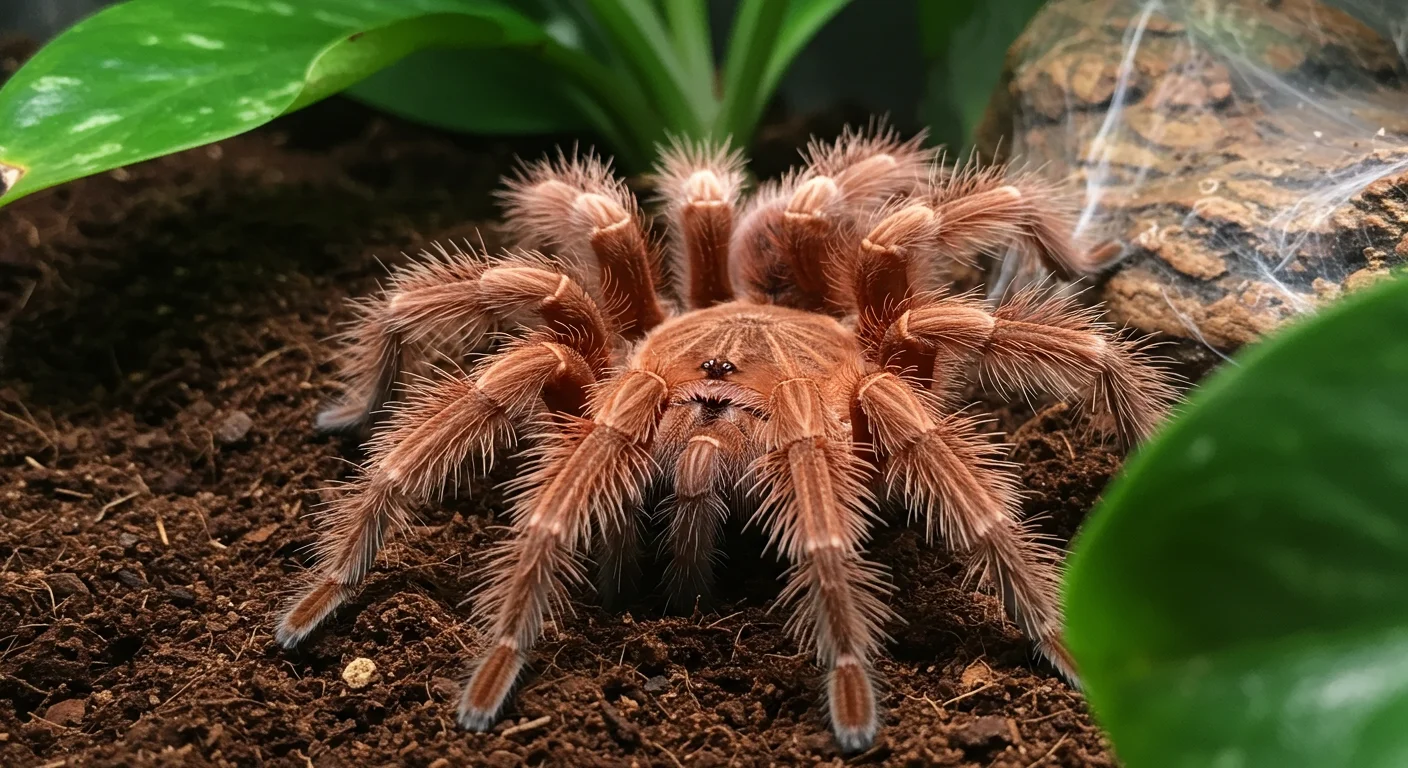
Life in Captivity
Life in a terrarium offers stability and safety but lacks the complexity and challenges of the wild:
- Environment: Kept in stable conditions with controlled temperature and humidity ranges, protecting them from harsh weather and extremes.
- Shelter: Provided with a secure enclosure, appropriate substrate for burrowing (if desired), and artificial hides (like cork bark or half-logs).
- Predators: Completely protected from natural predators. The primary risks come from husbandry errors (e.g., falls, improper heating, mold) or neglect.
- Food Availability: Receive regular, reliable meals of gut-loaded feeder insects, eliminating the need to hunt extensively or endure prolonged fasting.
- Reproduction: Breeding is controlled by the keeper, often involving deliberate introductions under supervision. Finding mates is not a challenge for the tarantula itself (though risky during introduction).
Husbandry Goal: Responsible captive care aims to replicate the *essential* aspects of the wild habitat (temperature, humidity, security) while eliminating the dangers (predators, starvation, extreme weather).
Diet Differences
Wild diet is varied and opportunistic, depending on what prey is available seasonally. Captive diet is typically less varied (mostly crickets or roaches) but more consistent and often more nutritious due to gut-loading practices.
Lifespan Differences
This is one of the most significant differences. Due to the absence of predators, guaranteed food, stable environment, and protection from harsh conditions, captive tarantulas live considerably longer than their wild counterparts.
- Wild Lifespan: Highly variable, likely much shorter on average due to predation, starvation, disease, and environmental hazards. Specific data is scarce.
- Captive Lifespan: Females can live 15-20+ years, sometimes even longer. Males have a shorter lifespan, typically 1-2 years after their final molt (around 4-6 years total), regardless of environment. The documented [lifespan difference wild vs captive tarantula](https://www.lopehare.com/tarantula-pet-care/) highlights the impact of captive care.
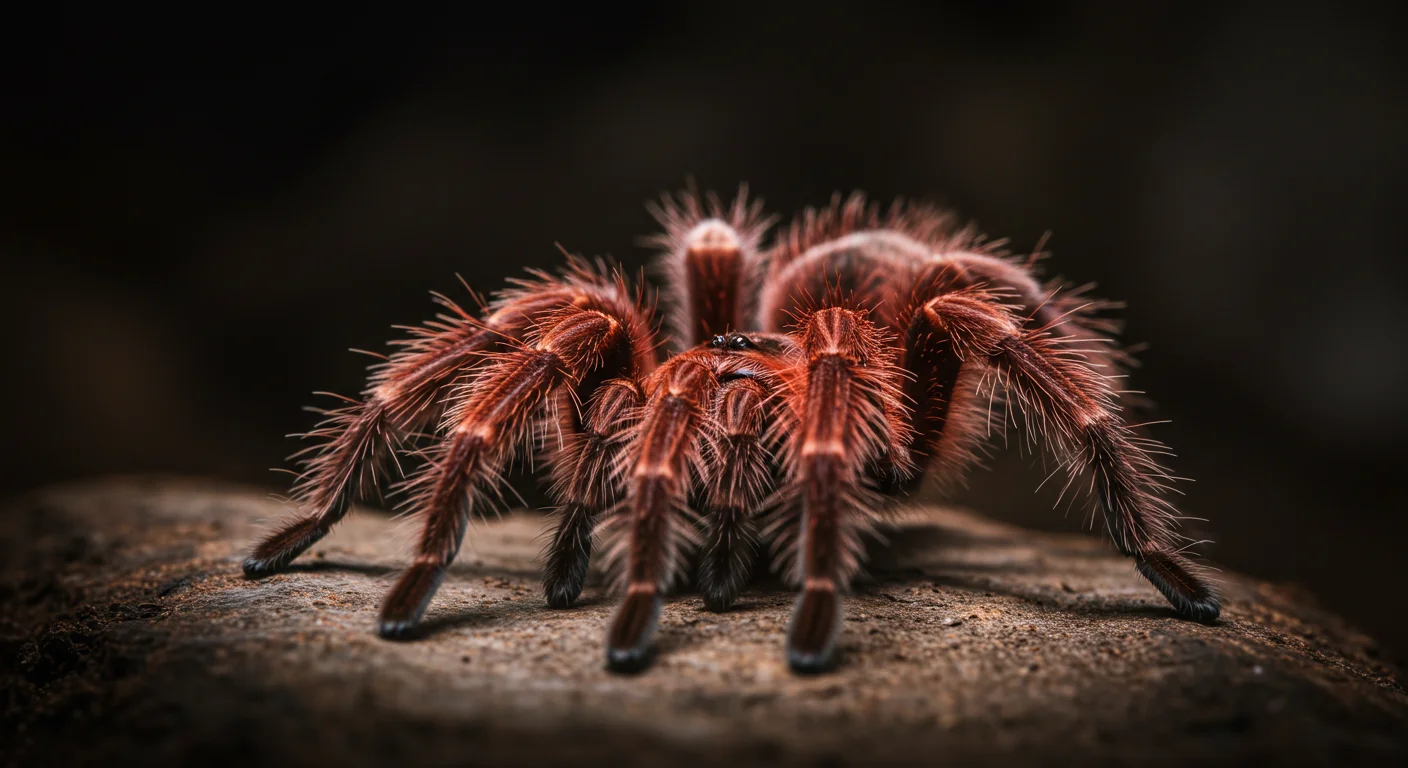
Behavioral Differences
- Activity: Wild tarantulas may need to be more active in searching for food or mates. Captive tarantulas, with needs readily met, are often less active (“pet rocks”).
- Defensiveness: Wild specimens might be quicker to display defensive behaviors (kicking hairs, threat postures) due to constant threats. Captive-bred tarantulas, especially those handled occasionally (though not recommended), may appear more docile, though individual temperament varies greatly.
- Burrowing: Wild tarantulas may burrow more extensively for security and thermoregulation. Captive ones might burrow less if provided with adequate artificial hides and stable temperatures.
Conservation Status
While *Grammostola rosea* is common in the pet trade (mostly captive-bred now), wild populations can be impacted by habitat destruction and collection for the pet trade (historically more than currently). According to the IUCN Red List, many tarantula species haven’t been fully assessed, but habitat loss is a general threat to invertebrates worldwide. Supporting captive breeding helps reduce pressure on wild populations.
Conclusion
Life for a Chilean Rose Tarantula in the wild is a constant struggle for survival against predators, starvation, and the elements. In contrast, captivity offers a life of relative safety, stability, and longevity, provided proper husbandry is maintained. While captive environments cannot replicate the vastness and complexity of the wild, understanding the natural history of *G. rosea* allows keepers to provide better, more species-appropriate care, meeting their fundamental needs for security, temperature, and humidity, leading to thriving, long-lived pets.
Ecological information referenced from general arachnology resources and habitat descriptions for *Grammostola rosea*.
